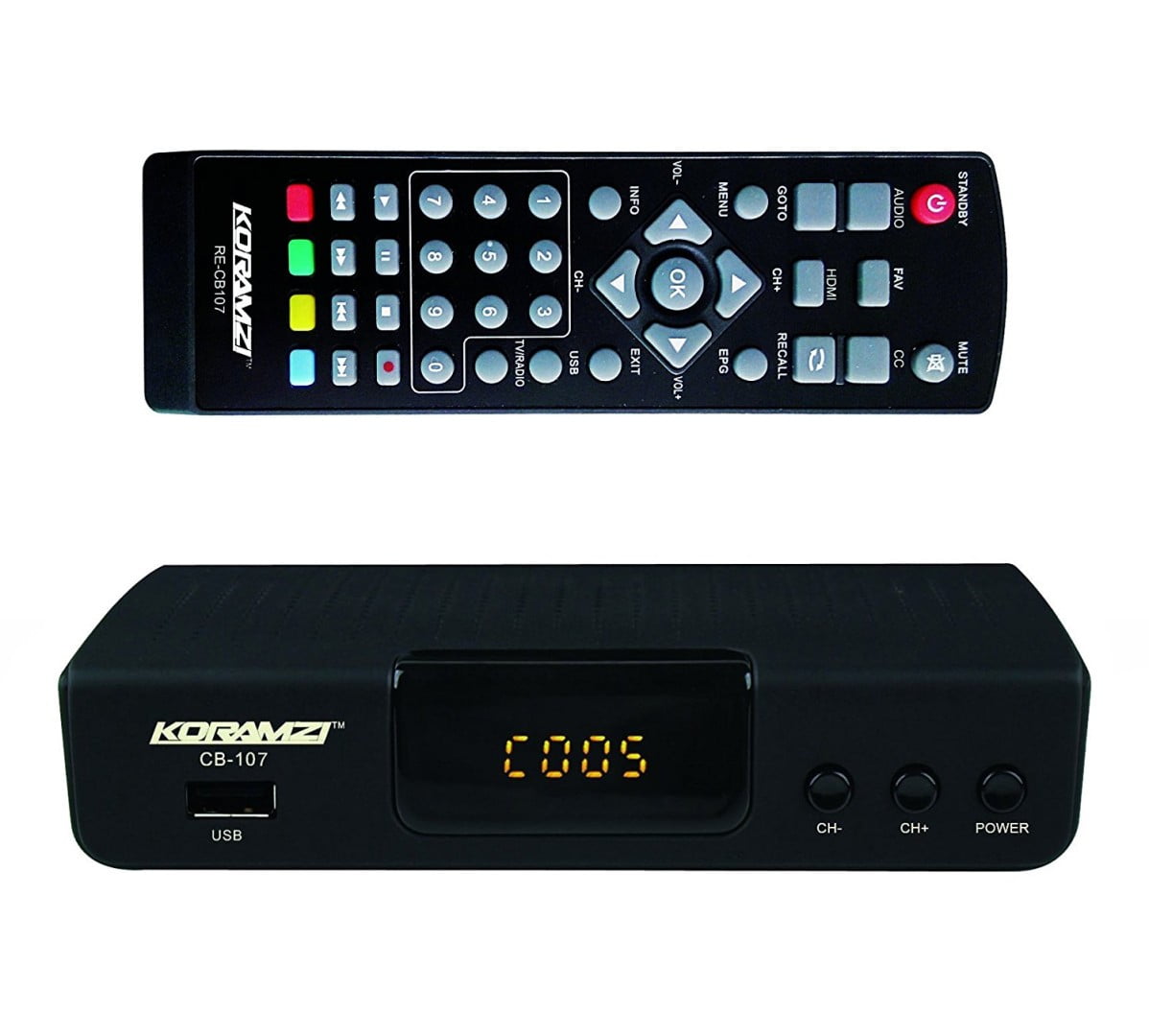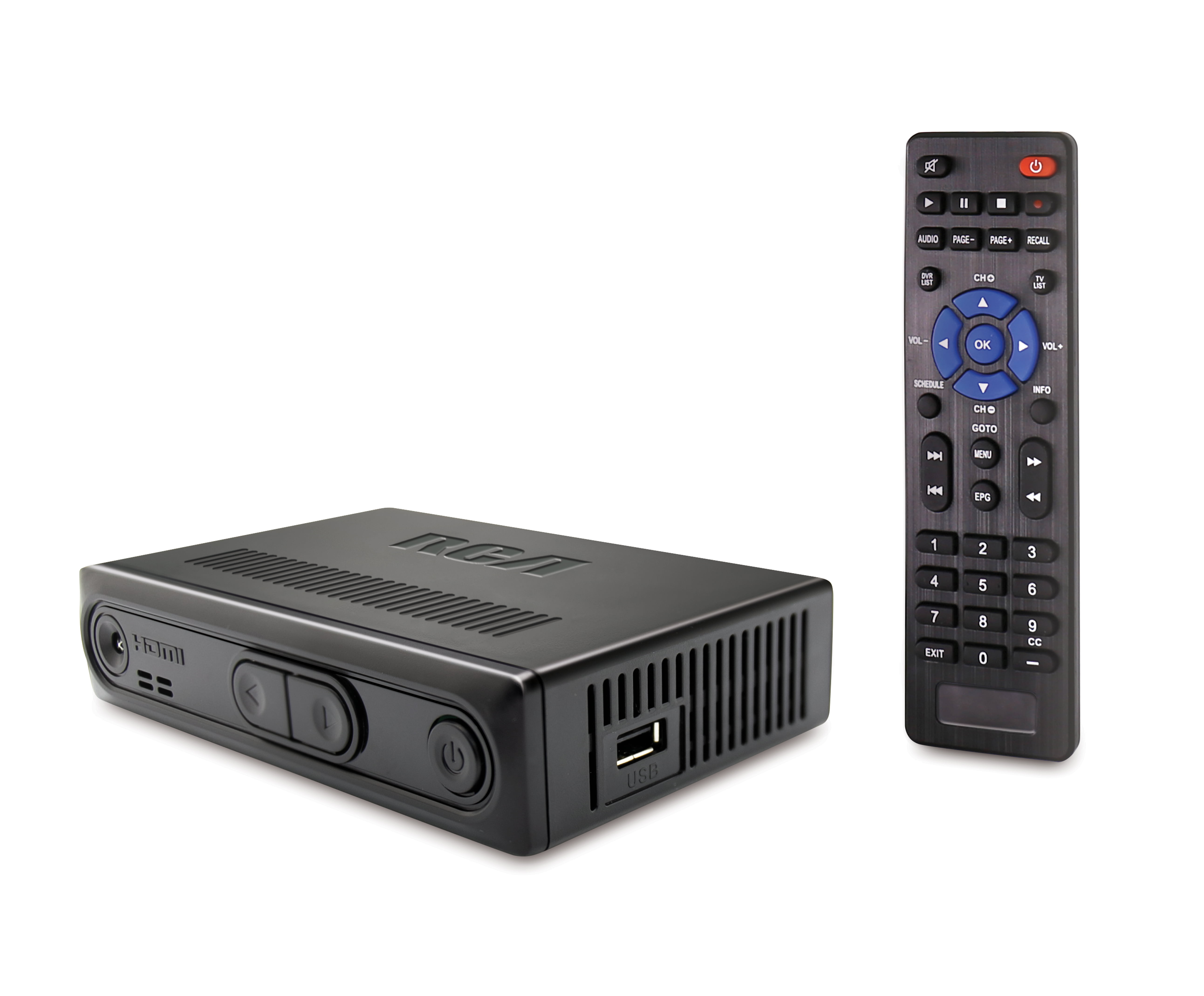
Because analog signals transmit over longer distances than digital signals, some over-the-air viewers living in rural areas may find that they do not get all the same channels they were able to when they received analog TV. will experience all the great benefits of digital TV. Unfortunately, not everyone in every corner of the U.S. And with modern receivers and antennas, reception is very solid."īut with the good, also comes some bad. "All the networks are broadcasting in HD, and viewers can receive it for nothing.
GOOD DIGITAL TO ANALOG TV CONVERTER BOX TV
"Digital broadcast will vastly improve free TV viewing," said Graham Jones, the director of communications engineering for the science and technology department of the National Association of Broadcasters. This means that many consumers will be able to access HD content without subscribing to a pricey cable package. For example, all the major networks-ABC, CBS, Fox, and NBC-transmit some shows over the air in HD. In some cases if consumers have a high-definition TV, they'll even be able to get some HD channels for free.

And because there is more bandwidth available, broadcasters are also transmitting some of these channels in high-definition. In fact, many broadcasters have already launched three or four separate digital channels, each carrying programming of interest to diverse communities. But with digital signals, broadcasters can transmit multiple channels at once. Using analog signals, broadcasters can only transmit one channel of content at a time. And after February, service providers who won licenses in those auctions will be able to get to work building their next-generation wireless networks.įor over-the-air TV viewers, the switch to digital also has many benefits, including sharper pictures, better sound quality, and more content. The government has already auctioned off most of the unused spectrum.

Congress set the February 17, 2009, deadline so that the government could free up wasted spectrum so that it could be used to build more robust emergency wireless networks, as well as provide the private sector with more spectrum that could be used to develop new wireless broadband services. Over 90 percent of TV stations today already broadcast both analog and digital stations, which means that consumers don't have to wait until February to test and tweak their TVs to get digital TV.įor the most part, the switch to digital TV will benefit all Americans, regardless of whether they watch over-the-air TV.ĭigital signals use wireless spectrum much more efficiently than analog signals, which is why the government mandated the switch in the first place.

On February 17, broadcasters throughout the country will flip a switch turning off their old analog TV transmitters, and they will begin transmitting their TV signals only in digital format.


 0 kommentar(er)
0 kommentar(er)
